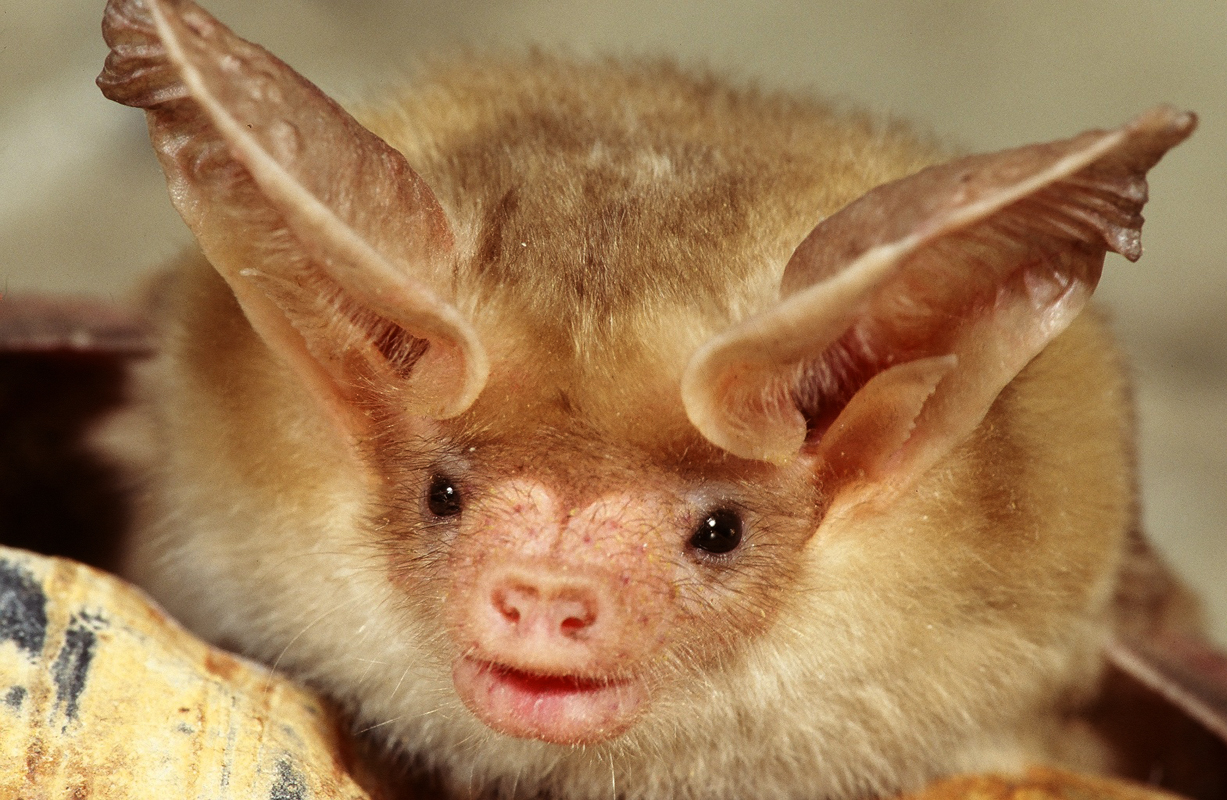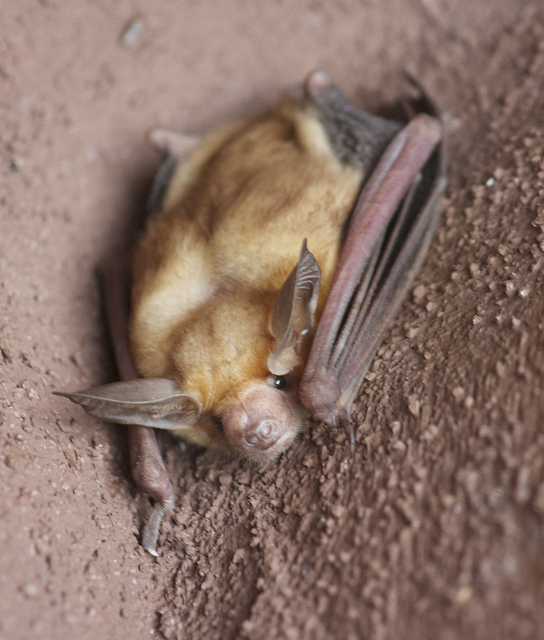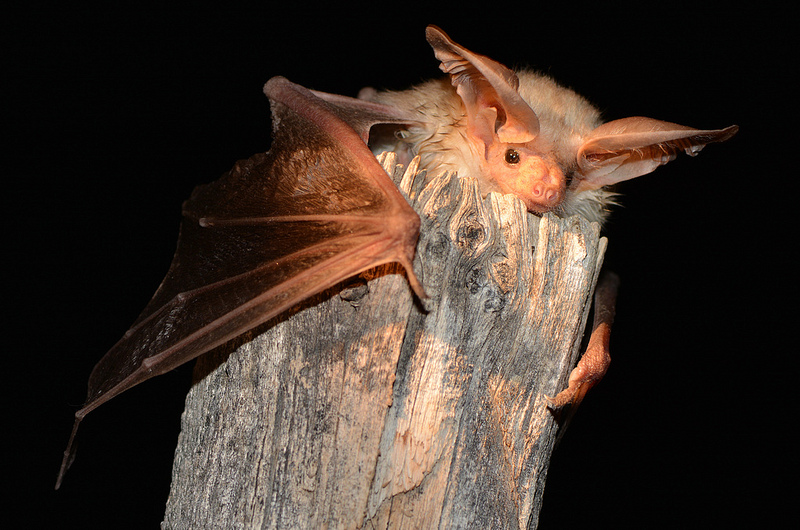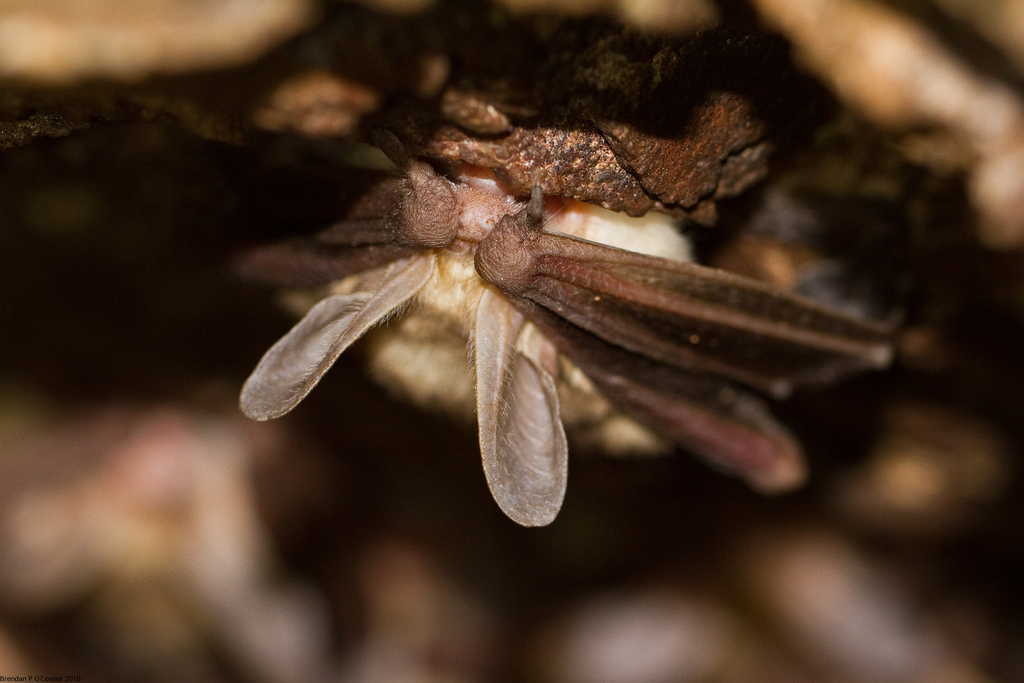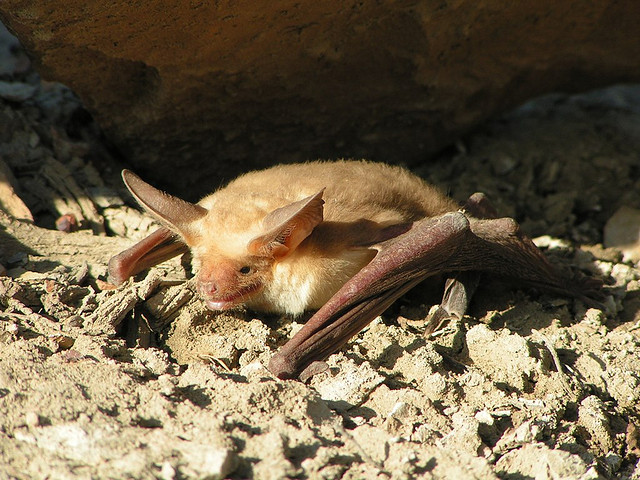Interesting Facts
- In one night, a pallid bat can eat up to half of its body
weight (Arizona-Sonora Desert Museum, 2011).
- Antrozous pallidus is a very outspread species and currently
has no risk of the population decreasing in the near future
(Sylvester, 2009).
- A pallid bat has glands in its nose that are used for
defense; the glands will secrete a foul-smelling odor that helps
repel potential predators (Sylvester, 2009).
- The diet of pallid bats mainly consists of insects and so
they help humans by decreasing the insect population (Weber,
2009).
-
Pallid bats have a better auditory sensitivity than most other bat species ranging between 5-15 kHz. This is of importance because they use the lower frequency hearing to communicate socially (Arnold and Wilkinson, 2011).
-
They are a very social species that is usually in a colony of 20 individuals but ranges from 12-100 bats (Weber, 2009).
For further information on the pallid bat, feel free to visit the
following links!
1.
Nocturnal and Seasonal Activities of the Pallid Bat
2.
Night Roosting Ecology of Pallid Bats
3.
Ecological Interactions between Bats and Nocturnal Birds
Return to Interactions/Nutrition Go to References
Return Home
